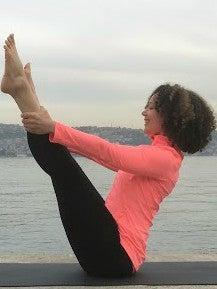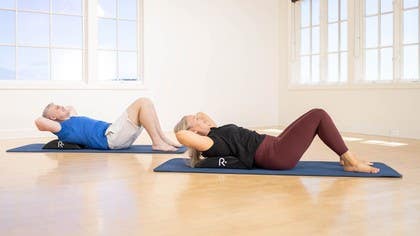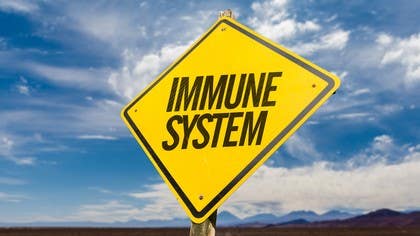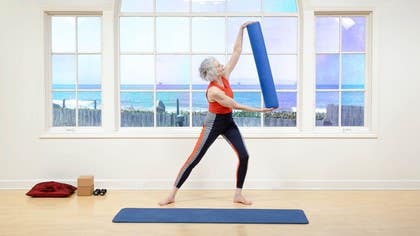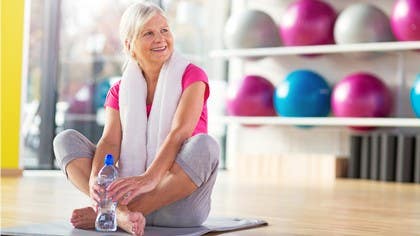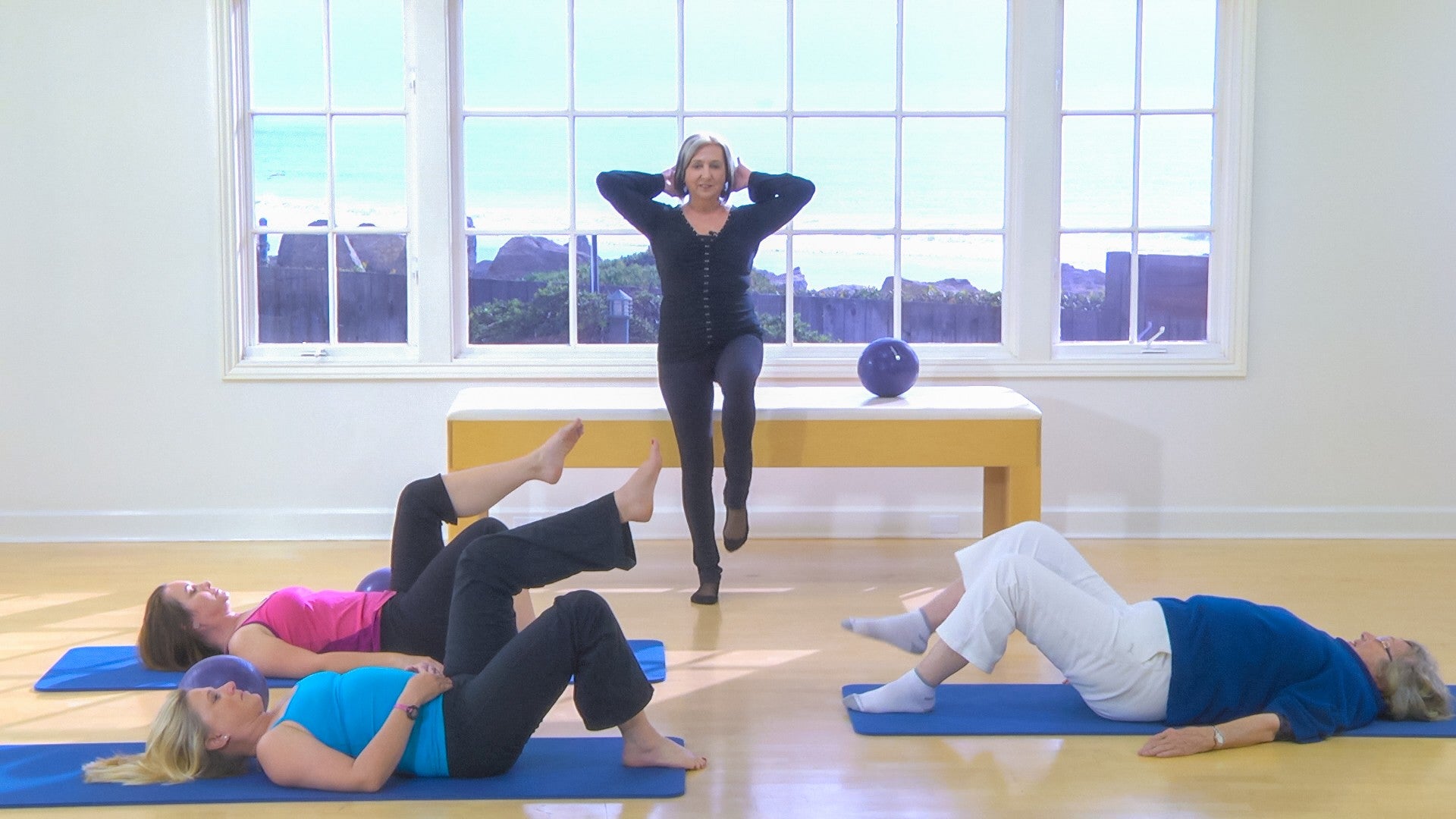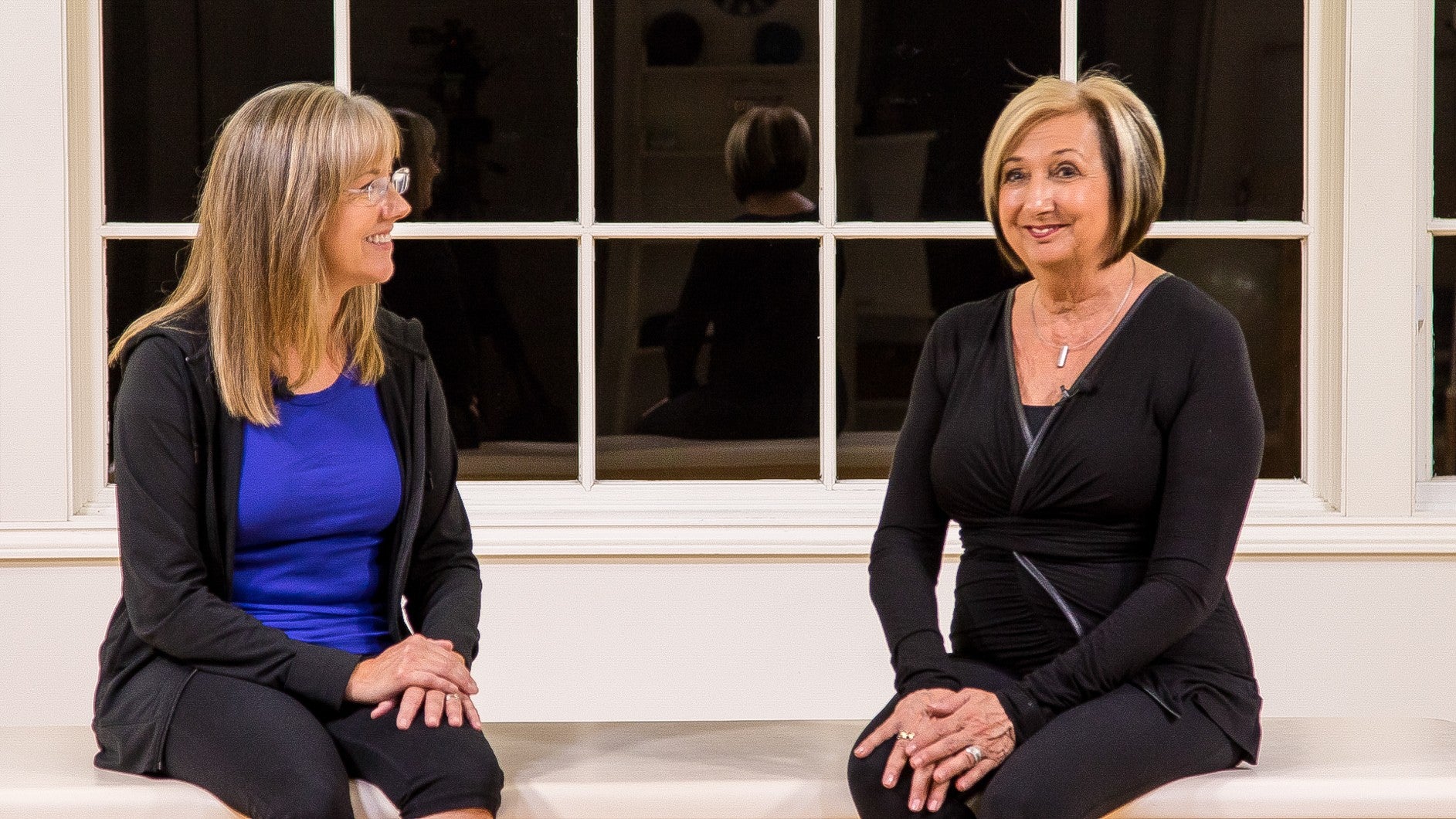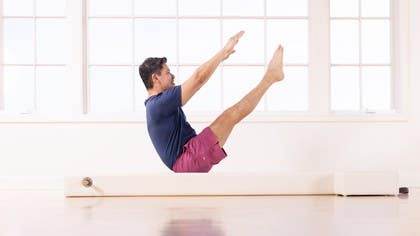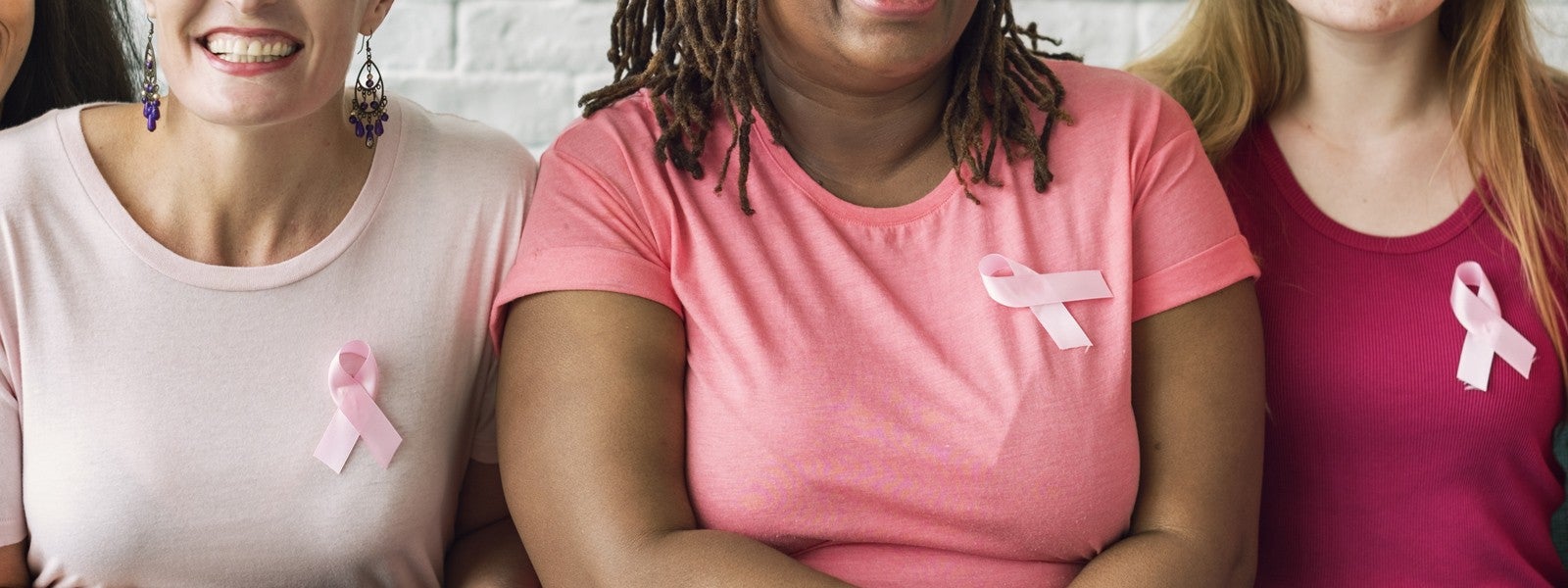
Benefits of Pilates for Breast Cancer Survivors
Breast cancer is all too familiar to everyone. We know the pink ribbon is symbolic of breast cancer for fundraising initiatives, but most notably in October every year for breast cancer awareness month. Most of us have been personally affected by this disease whether through a neighbor, colleague, loved one, or perhaps a first-hand experience. A diagnosis of this illness is life-changing, however, there are many supportive resources out there to smooth the transition from treatment to recovery.
Breast cancer is the second most common form of cancer amongst women and though rare, men can get it too. Treatment can vary from chemotherapy, hormone therapy, removal of lymph nodes, mastectomy, or lumpectomy. Regardless of the type of therapy administered, a breast cancer diagnosis, its treatment, and then recovery is quite taxing on the physical, mental, and emotional condition of the individual.
Pilates can play an integral role in breast cancer recovery not only for its physiological benefits but for boosting self-esteem, confidence, and an overall sense of well-being. Pilates is a natural choice for recovery. The exercises repattern musculature in an effective but non-aggressive manner resulting in increased strength, flexibility, and mobility which unfortunately was lost due to the invasive nature of breast cancer treatment.
HOW PILATES BENEFITS RECOVERY
Pilates for breast cancer recovery has far-reaching positive benefits, both physically and psychologically. Pilates during recovery has been shown to boost self-esteem, confidence, mood, body image, and a sense of independence and control as one takes an active role in their healing. The Pilates principle ‘breathing’ connects the breath to the body and to movement. Breathing calms the nervous system allowing the body to release tension in the upper extremity and encourage lymphatic drainage to avoid lymphedema.
Common side effects of breast cancer treatment include a tremendous loss of physical strength and mobility in the upper body to the point that even mundane daily activities are difficult. Weight gain, muscle atrophy, scar tissue, pain, fatigue, swelling, and stiffness can occur. Some medications and chemotherapy can lead to premature onset of menopause, bone loss and Osteoporosis in women.
The beauty of Pilates is that it is a whole-body exercise system so even with an emphasis on strengthening and mobilizing the upper body there is still a connection to core strength, overall alignment, and balancing out the body. On top of that, there are more than enough exercises to combat the list of side effects listed previously.
INSPIRATION
Pilates elder Eve Gentry had a radical mastectomy in 1955, at that time the entire pectoral muscle along with the breast was removed and she couldn’t lift her arms. After a year of working with Joseph Pilates, she was able to do the advanced exercises again!
Debora Kolwey, one of Eve’s students who is passing on her knowledge of the Pilates method was also diagnosed with breast cancer and shares a touching and inspiring talk that connects the lineage of Pilates and how it heals.
MOVEMENT TIPS
There are, of course, contraindications and precautions in regards to exercising during recovery. The traditional Pilates repertoire (without any modifications) is not suitable in the beginning and a specialized program should be followed, one that focuses on gradually increasing range of motion through the shoulders and strengthening the back. Progressing too quickly, insufficient rest time between workouts, or adding heavy loads can result in set-backs as well as frustration.
It’s important to follow phases that progress from foundational movements that build up to more strength and mobility. Think quality over quantity and refrain from pushing, overexertion, and force. Stop just short of any pulling sensation; doing more reps with less range gradually rehydrates scar tissue and over time will start to open up the joint.
Movements can and should commence as early as 3-5 days post-treatment (phase 1) with the advisement of your doctor. These movements are very light and can be as simple as brushing your hair along with breathwork and body awareness. Nothing over 5lbs should be lifted before 4-6 weeks post-treatment. At the 4-6 weeks mark, more stretching and resistance work with a deeper focus on alignment is the average protocol. Eventually moving into phase 3 will increase strength and range of motion. If any pain, tightness or swelling occurs during exercise, stop and consult your doctor.
LIFESTYLE
Introducing, maintaining or revisiting healthy habits should factor into one’s lifestyle for the recovery phase and beyond. Maintaining a consistent practice of physical activity and striving to decrease stress will aid recovery and remission. Healthy habits such as walking in nature are not only great for the spirit but for bone density.
Nutrition plays a huge role in mood, energy, and inflammation control. Adding more plant-based meals and decreasing sugar intake boosts the immune system while fueling the body for Pilates and rehabilitation.
SUPPORT
The journey from diagnosis to treatment and then recovery can take a tremendous emotional toll on the breast cancer survivor. Starting a consistent Pilates practice does wonders for a deeper connection to the mind, body, and spirit. It also aids in gaining a sense of control by taking an active role in one’s own healing.
It’s vital to have a strong support system whether it’s from loved ones and/or seeking out a support group and speaking with other survivors.
The role of the Pilates instructor is to create a safe environment -- not only in the safe progression of exercises to gain back mobility and strength, but to hold a space for the breast cancer survivor to be themselves as any emotions may arise.
Pilates is the top choice of physical exercise for breast cancer recovery! For more details, information, inspiration and Pilates classes tailored for the breast cancer survivor check out the following program and classes.
Comments
You need to be a subscriber to post a comment.
Please Log In or Create an Account to start your free trial.
